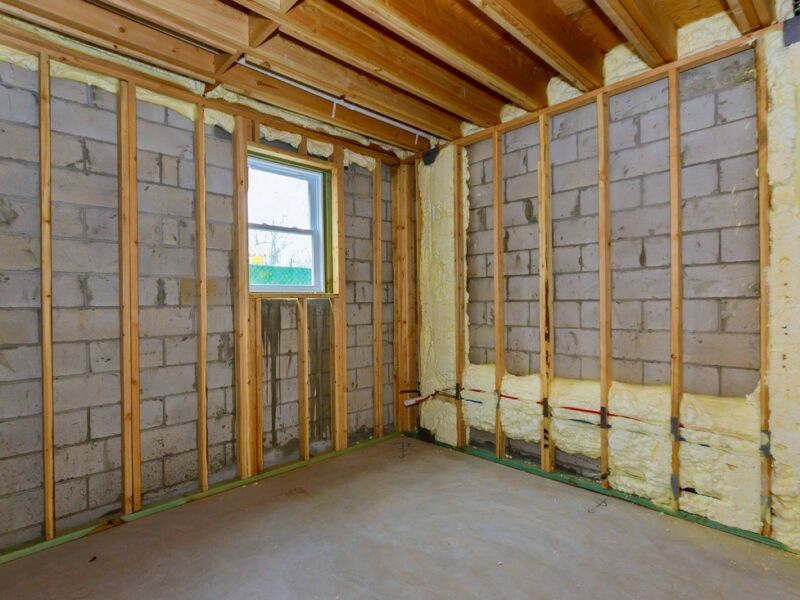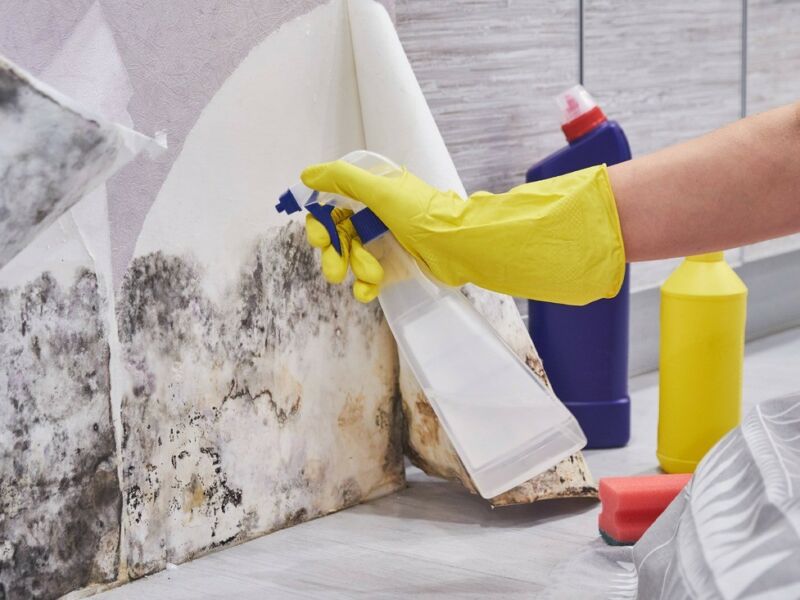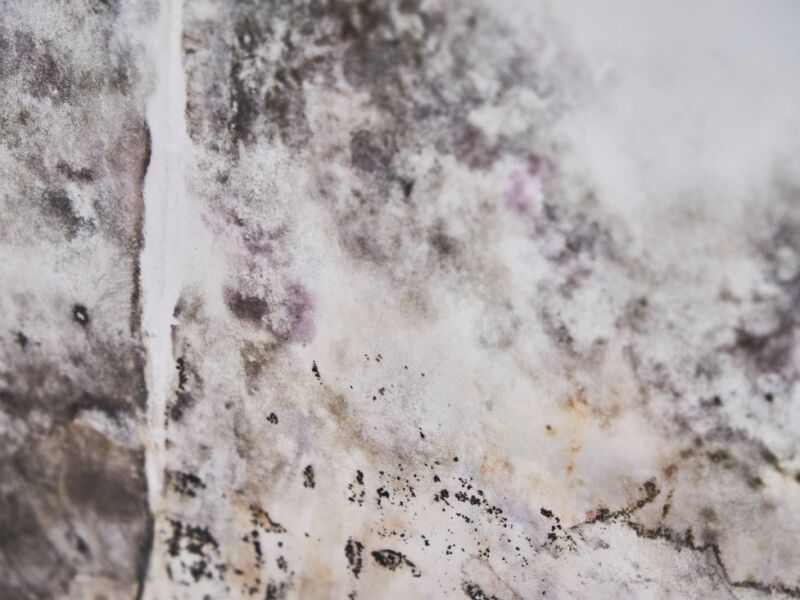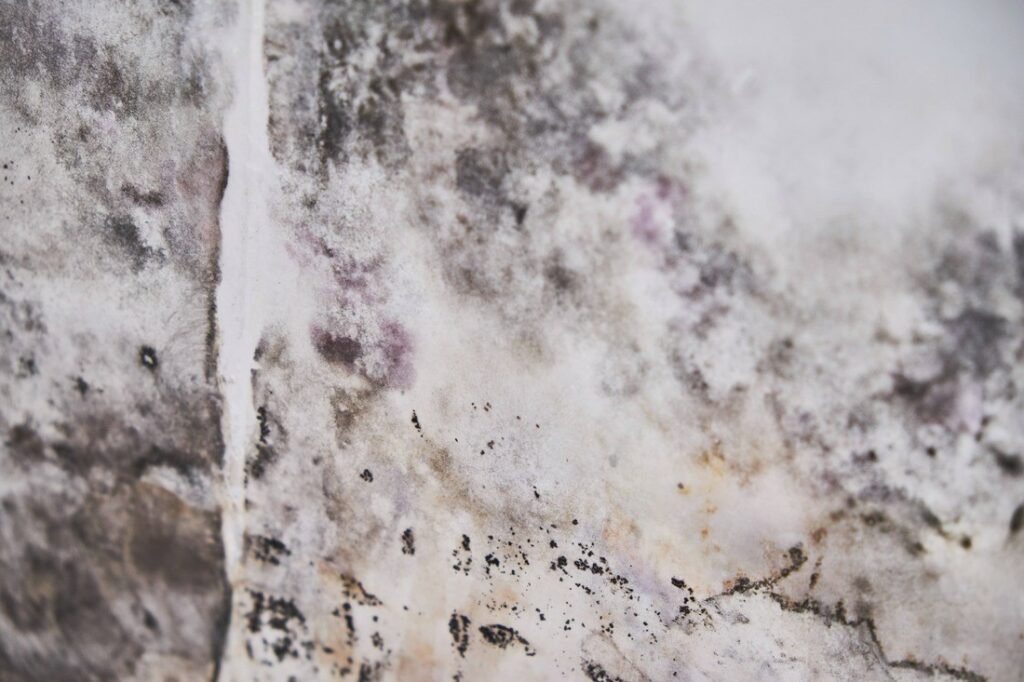
The Signs of Hidden Water Damage in the Basement
Basements are one of the most susceptible areas in a home when it comes to water damage. Due to their location below ground level, basements often face issues such as groundwater seepage, plumbing leaks, or flooding. It’s crucial to be aware of the signs that indicate hidden water damage in the basement to prevent further issues and ensure a safe living environment.
Damp or Musty Odor
An unmistakable sign of water damage in the basement is a persistent damp or musty odor. If you notice a musty smell that doesn’t go away with cleaning or fresh air, it could be a sign of hidden moisture and mold growth in the basement.
Visible Mold or Mildew
Mold and mildew thrive in damp environments, making the basement an ideal breeding ground. If you see visible signs of mold or mildew on walls, floors, or furniture, it indicates a moisture problem that needs to be addressed immediately. Mold can cause health issues and can spread rapidly if left untreated.

Water Stains
Water stains on walls, ceilings, or floors are clear indications of water intrusion. These stains can appear in various colors, such as yellow, brown, or gray, depending on the source of the water damage. Water stains should not be ignored, as they can lead to further structural damage if not addressed promptly.
Peeling or Blistering Paint
When water seeps into the walls, it can cause the paint to peel or blister. If you notice bubbles or cracks in the paint on basement walls or ceilings, it could indicate moisture damage behind the surface. Investigating the cause of the water intrusion is crucial to prevent further deterioration.
Cracks in the Foundation
Water damage can weaken the foundation of your home, leading to cracks. Inspect the basement walls and foundation for any visible cracks. Horizontal cracks are particularly concerning, as they may indicate water pressure against the foundation. Addressing foundation issues promptly is crucial to maintain the structural integrity of your home.
Efflorescence
Efflorescence is a white, powdery substance that appears on concrete walls or floors. It is caused by water evaporating and leaving behind mineral deposits. If you notice efflorescence, it indicates that water is present and has been seeping through the concrete. Determining the source of the moisture is essential for proper remediation.
Unexplained High Humidity
If you consistently experience high humidity levels in your basement, it could be a red flag for water intrusion. Excessive moisture in the air can lead to mold growth and other issues. Monitor the humidity levels in your basement with a hygrometer to identify any abnormal readings.

Unusual Sound of Water Flowing
Pay attention to any unusual sounds of water flowing in the basement. This could indicate a plumbing leak or a problem with the drainage system. Ignoring unusual sounds could result in more extensive water damage and costly repairs.
Increased Utility Bills
If you notice a significant increase in your water or energy bills without any apparent explanation, it could be due to a hidden water leak or moisture problem in the basement. Keep track of your utility bills and investigate any sudden spikes to identify potential water damage issues.
Presence of Pests
Moisture attracts pests such as insects and rodents. If you notice an increase in pest activity in the basement, it could be a sign of water damage. Pests are often drawn to damp areas where they find a suitable environment for breeding and nesting.
Causes of Basement Water Damage
Understanding the causes of basement water damage can help you take preventative measures to safeguard your home and address any ongoing issues appropriately.
Heavy Rainfall or Flooding
Basements are prone to flooding during heavy rain or when there’s a flooding event. Insufficient drainage systems, poor waterproofing, or cracks in the foundation can allow water to seep in, causing significant damage to the basement.
Plumbing Leaks or Burst Pipes
Leaking or burst pipes in the basement can cause extensive water damage. Aging plumbing systems, frozen pipes, or improper installation can all contribute to water leaks. Regularly inspecting and maintaining your plumbing system can help prevent leaks and minimize the risk of water damage.
Poor Grading or Landscaping
If the surrounding soil slopes towards the foundation of your home, it can direct water towards the basement. Poor grading or landscaping can contribute to water pooling around the foundation, leading to moisture intrusion and potential water damage.
Sump Pump Failure
Sump pumps are designed to remove excess water from the basement, preventing flooding and water damage. However, if the sump pump malfunctions or loses power during a flooding event, it can lead to significant water damage. Regular maintenance and testing of the sump pump are essential to ensure its proper functioning.
Lack of Proper Insulation
Inadequate insulation in the basement can lead to condensation and moisture buildup. When warm air comes into contact with cold surfaces, it can create a perfect environment for condensation. Proper insulation can help regulate temperature and prevent moisture problems.
Gutter and Downspout Issues
Clogged or improperly installed gutters and downspouts can cause water to overflow and pool around the foundation. This excess water can seep into the basement, causing water damage. Regularly clean and maintain your gutters and downspouts to ensure proper water drainage away from your home.
Steps for Basement Water Damage Restoration
When you detect signs of water damage in your basement, it’s crucial to take immediate action to prevent further damage and ensure a safe living environment. Here are the essential steps for basement water damage restoration:
Identify and Stop the Source of Water
The first step is to identify and stop the source of water intrusion. This may involve repairing plumbing leaks, addressing foundation issues, or improving drainage systems. Hiring a professional water damage restoration company can help you pinpoint the source and provide comprehensive solutions.
Remove Standing Water
If your basement has flooded, you’ll need to remove standing water as quickly as possible. Use a submersible pump or wet/dry vacuum to extract the water. Ensure you have appropriate personal protective equipment and take precautions to avoid electrical hazards.
Dry Out the Basement
To prevent mold growth and further damage, thoroughly drying out the basement is crucial. Use fans, dehumidifiers, and open windows to improve air circulation and speed up the drying process. Monitor the humidity levels and moisture content of walls and floors to ensure they are within acceptable ranges.
Clean and Disinfect
After the basement has dried out, it’s essential to clean and disinfect all affected surfaces. Use a mixture of water and mild detergent to clean walls, floors, and other surfaces. Disinfect with a bleach solution (1 cup of bleach per gallon of water) to kill any remaining mold or bacteria.
Remove Damaged Materials
Assess the extent of the damage and remove any irreparably damaged materials, such as wet insulation, carpeting, or furniture. Dispose of these items properly to prevent further mold growth or spread of contaminants.
Repair and Restore
Repair any structural damage, such as cracks in the foundation or damaged walls. Replace insulation, drywall, and flooring as necessary. Consult with professionals to ensure proper restoration and to address any underlying issues that may have caused the water damage.
Prevent Future Water Damage
Implement preventive measures to reduce the risk of future water damage in the basement. This may include improving drainage systems, installing a sump pump, sealing foundation cracks, and maintaining proper insulation.
Consult Professionals
Water damage restoration in the basement can be complex and challenging. It’s crucial to consult with professionals who specialize in water damage restoration to ensure proper assessment, remediation, and restoration of your basement.
Frequently Asked Questions (FAQ)
What are the common causes of basement water damage?
How can I prevent basement water damage?
When should I consult professionals for basement water damage restoration?
Basement water damage can be a significant issue for homeowners. By being aware of the signs, causes, and steps for restoration, you can take proactive measures to prevent and address water damage in your basement. Remember to consult professionals for expert guidance and assistance to ensure a thorough and effective restoration process.
If you require professional assistance with basement water damage restoration, contact Service Water Restoration Pros at 949-209-1582. Their team of experts specializes in water damage restoration and can provide comprehensive solutions for your basement restoration needs.
Sources:



